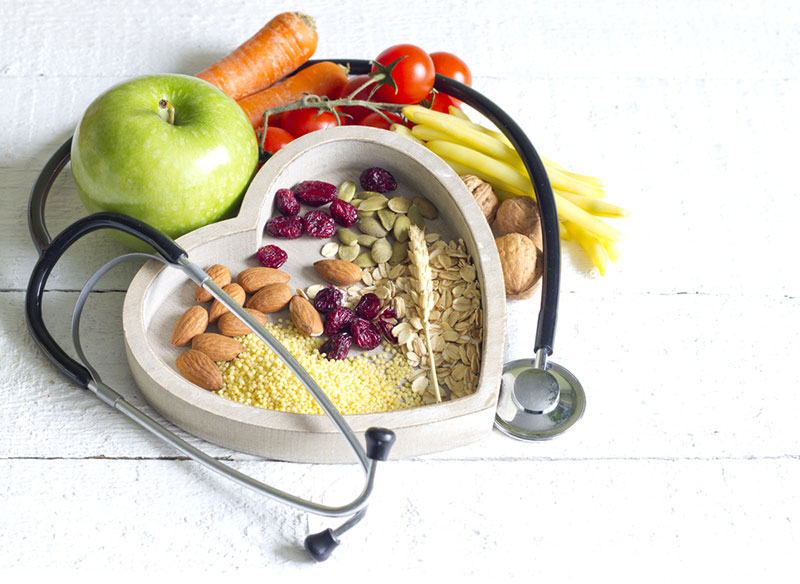Gestational diabetes mellitus
It's no secret that during pregnancy a double or even triple load falls on the female body. All internal organs under the influence of hormones begin to work "for wear and tear." Therefore, often during this period, diseases to which there is a predisposition begin to appear, but previously they were in a "dormant mode". One of these diseases is gestational diabetes mellitus. We will talk about the causes of its occurrence, methods of diagnosis and methods of treatment today in our article.
Content
Gestational diabetes: causes
Gestational diabetes mellitus is inherently a violation of carbohydrate metabolism in the body. It is often called “pregnancy diabetes”, because for the first time it appears and is diagnosed exactly when the girl is in an “interesting position”.
The main cause of this ailment is the inability of the pancreas to produce the right amount of insulin to cope with the conversion of sugar into glucose, which appears in the blood after a meal. Meanwhile, glucose is the "fuel" for the normal functioning of cells.
Worst of all, because of this disorder in the first trimester, the child can develop various malformations associated with the most important organs - the heart and brain. And in the second or third, the already formed baby's pancreas connects to the mother for help, as a result of which it begins to "wear out" ahead of time, and after birth he may develop endocrine system diseases.
The risk group usually includes women who have:
- There is a genetic predisposition - if diabetes the second type is found in close relatives. In this case, you need to be especially responsible about your own health and the future baby;
- The presence of excess body weight, which exceeds the norm by 20 percent or more;
- Revealed an increased sugar level in urine tests;
- Women who have crossed the 30-year-old threshold;
- Pregnancy proceeds with severe toxicosis, or gestosis (edema, high blood pressure and other symptoms);
- Polyhydramnios (the amount of amniotic fluid is higher than normal);
- The previous child was born with a weight of over 4 kilograms;
- Previously, spontaneous abortions were observed in the first and second trimesters;
- A diagnosis of this disease has already been made.
It is worth noting that it is equally bad for the body of the mother and the fetus, both high sugar levels and low ones.
Sugar during pregnancy
As noted above, this disease can occur in any trimester, and depending on this, it will give various risks and complications, both for the mother and the baby. Therefore, it is very important to carefully monitor blood sugar levels throughout the entire period and regularly take all the necessary tests.
In order for the results to be reliable, the following rules must be observed before submitting them:
- stick to your usual diet and regular physical activity;
- the last meal should be 10-12 hours before blood sampling;
- in the evening it is allowed to drink boiled or non-carbonated water from a bottle, in the morning you can afford only a couple of sips;
- the test is so sensitive that it is not recommended to brush your teeth in the morning, chew chewing gum and paint your lips with decorative cosmetics;
- if the day before you feel unwell, did not get enough sleep or experienced stress, then the analysis is better to postpone to another day.
Most often, blood sampling for the test comes from a finger, but it happens that venous blood is also used. The final results for these two methods differ slightly from each other.
Normal sugar levels in pregnant women are considered to be an indicator of 4-5.1 mmol / l, and a couple of hours after eating no higher than 6.7 mmol / l (blood is taken from a finger).
When the result turns out to be borderline or more than the norm, the doctor prescribes a second test and only on its basis makes the final verdict.
If, according to the results of the tests performed, you have a diagnosis of gestational diabetes mellitus, do not despair, most often after childbirth the sugar level is back to normal. But subject to a special diet and the recommendations of doctors, which we will talk about further.
Gestational pregnancy - treatment
With minor deviations from the standards, special treatment is not required. In this case, the expectant mother needs to follow a strict diet, do not forget about physical activity, regularly get tested and visit an endocrinologist throughout pregnancy.
In addition to a set of exercises, walking or water aerobics for pregnant women will be very useful. The fact is that during active movement, the body copes better with the breakdown of glucose. But remember, any load must be coordinated with your gynecologist.
However, there are times when the above measures alone are not enough and the pancreas needs "outside" help. The doctor then prescribes insulin injections. In no case should you be afraid of this, because they are not addictive and do not pose any harm to mother and child. And the benefits will be endless, as they will help to avoid defects in the development of the fetus. After childbirth, when everything returns to normal, this drug is canceled.
Diet for gestational diabetes

The basic rule of the diet for this disease is to exclude simple carbohydrates from your diet.
First of all, these are sugar in its pure form, sweets, chocolate, confectionery and pastries, potatoes, white bread and rice.
You will also have to forget for a while about some sweet fruits and berries: bananas, melons, figs, cherries, grapes.
Food should be less high-calorie, but nutritious, because the expectant mother needs a lot of strength, and the baby needs nutrients and vitamins for proper development. Divide your daily food intake into 6 meals, so it will be easier for your pancreas to cope with the production of sufficient insulin.
Fried, fatty, smoked, too salty and spicy foods are harmful even for a healthy body, so they should be especially avoided during pregnancy. The best option would be food that is steamed, boiled, or stewed without vegetable oils.
Now let's talk about what you can eat without fear:
- Lean meat: beef, rabbit, chicken, turkey;
- All vegetables, especially green. Potatoes are allowed in small quantities only in soups;
- Berries and fruits, other than those listed above;
- All cereals, with the exception of semolina, but it is better to cook porridge in water;
- You can only afford durum wheat pasta a couple of times a week;
- Bread with bran, or made from whole grain flour;
- Dairy and fermented milk products should be low in fat content.




